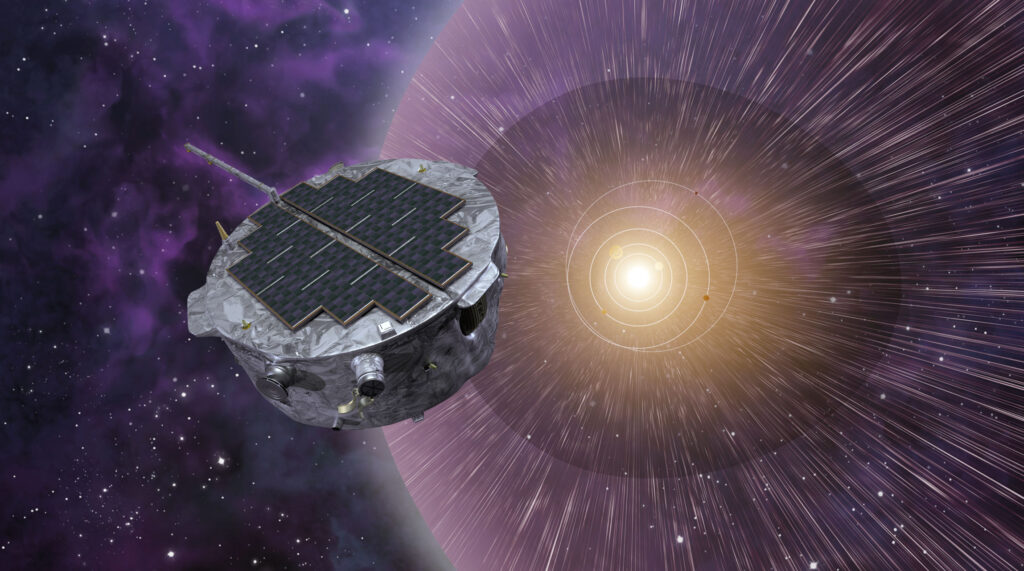The IMAP (Interstellar Mapping and Acceleration Probe) mission has successfully passed the technical project protection stage. This allows the manufacture of spacecraft components, their assembly and comprehensive testing.

The IMAP mission project was approved by NASA in 2018. It involves the construction of a probe that will be launched into a halo orbit around the Lagrange point L₁ of the Sun-Earth system. Its main objectives will be to study the mechanism of acceleration of solar wind particles and their interaction with the matter of the interstellar medium.
IMAP will be equipped with a set of ten scientific instruments to perform its tasks. Some of them are intended for the study of high-energy neutral atoms, some for the study of charged particles of the solar wind. The probe will also collect data on magnetic fields, cosmic dust and the structure of the solar wind.
Successful completion of the project protection gives the mission staff the opportunity to start manufacturing the components of the spacecraft and its scientific instruments. They will be delivered to the Johns Hopkins University Applied Physics Laboratory between December 2023 and February 2024. There they will be integrated into a single whole, after which IMAP will undergo a series of tests that will confirm its readiness for flight.
The launch of the device will be carried out in February 2025 by a Falcon 9 rocket. It is expected that several associated cargo will go into space with it. Initially, they included the Lunar Trailblazer CubeSat, designed to search for water and hydroxyl compounds in the lunar regolith. But then NASA found a faster “ride” for it. It was launched in December 2022, but encountered technical problems that made it impossible for it to enter orbit around the Moon.
According to https://phys.org
Follow us on Twitter to get the most interesting space news in time
https://twitter.com/ust_magazine

